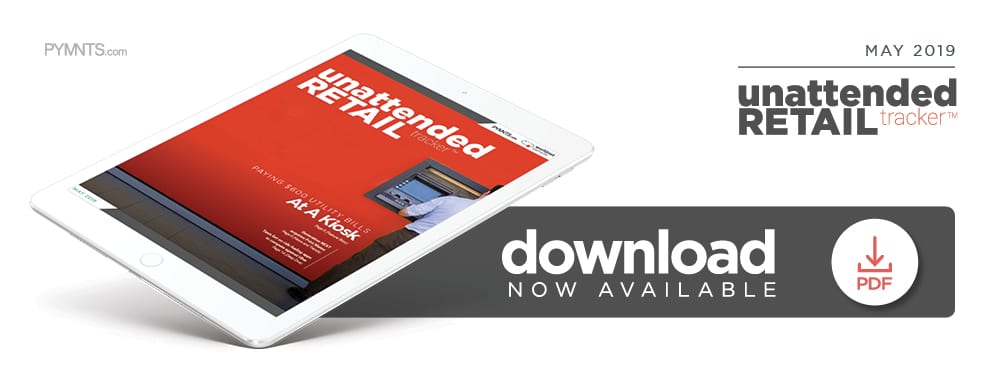Making The Case For Cash In Unattended Retail
Vending machine operators have become increasingly attentive to the demand for swift digital payment options, and have benefitted from significant sales growth after enabling cashless payments. However, for the 8.4 million unbanked U.S. households, retailers that enable digital payments while dropping cash are less than convenient. Unattended retail operators are taking a fresh look at keeping cash acceptance on the menu to appease lawmakers who recently issued legislation intended to ensure the inclusion of unbanked residents.
The latest “Unattended Retail Tracker™” examines these and other ways that self-serve models are changing and expanding around the globe.
A round the Unattended Retail World
round the Unattended Retail World
As malls struggle to fill empty storefronts, unattended retail is well-positioned to move in. For example, a staff-free convenience store and Wi-Fi café was recently introduced into a Pennsylvania mall by James Vending and Three Square Market. Remote surveillance is used to keep the store safe.
Generation NEXT, meanwhile, is moving into a new avenue of self-serve with its recent acquisition of troubled photo-printing kiosk company Print Mates. In exchange for acquiring Print Mates’ assets, Generation NEXT will take on $300,000 in net liabilities.
Retailers would also be wise to pay attention to smart vending machines, with the space expected to grow by up to 14 percent over the next few years. In a recent interview with PYMNTS’ Karen Webster, Worldnet Payments CEO Will Byrne explained that younger consumers are more likely to shop at stores that offer intelligent retail or automated checkouts.
Find these and all the latest headlines in the Tracker.
Inside the Windy City’s Bill Payment Kiosks
 After making headlines with its mobile payment-only stores, Amazon Go is backpedaling on its cash-free practices. The company was confronted by a series of new bans from several municipalities and one state, intended to improve the inclusion of unbanked residents by requiring stores to accept cash.
After making headlines with its mobile payment-only stores, Amazon Go is backpedaling on its cash-free practices. The company was confronted by a series of new bans from several municipalities and one state, intended to improve the inclusion of unbanked residents by requiring stores to accept cash.
Unattended retailers may want to look to the city of Chicago, where cash-friendly kiosks have been handling high-value utility bills, parking tickets and other payments since 2007. With the city on the verge of deploying a fleet of newly upgraded machines, PYMNTS caught up with Tina Consola, first deputy comptroller of Chicago’s Department of Finance.
In this month’s feature story, Consola explained how the city ensures security and accessibility with the kiosks. Find the full story in the Tracker.
Deep Dive: Can Ridesharing A pps Keep Taxis Afloat?
pps Keep Taxis Afloat?
Falling behind the curve of changing customer expectations means serious risks to businesses — something the taxi industry has learned by experience. The advent of ridesharing apps like Uber and Lyft brought new levels of customer convenience that shook the traditional taxi industry.
Since then, cab companies have regrouped to roll out mobile ride-summoning and payment apps of their own. Still, they will have far to go if they wish to reverse trends and reclaim market share lost to ridesharing giants.
This month’s Deep Dive explores what it takes to make a compelling ridesharing app, and how taxis are employing the technology to stay in the game. Find the full Deep Dive in the Tracker.
About the Tracker
The “Unattended Retail Tracker™,” powered by Worldnet Payments, serves as a bimonthly framework for the space, providing coverage of the most recent news and trends, as well as a directory that highlights the key players contributing to the segments that comprise the expansive unattended retail ecosystem.
